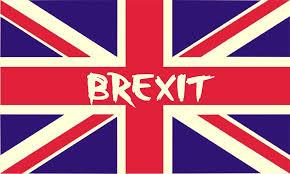
Britain lurched closer to leaving the European Union on March 13, 2017 when Parliament stopped resisting and gave Prime Minister Theresa May the power to file for divorce from the bloc.
But in a blow to May's government, the prospect of Scotland's exit from the United Kingdom suddenly appeared nearer, too.
Scottish First Minister Nicola Sturgeon called for a referendum on independence within two years to stop Scotland being moved out of the EU against its will.
The House of Commons approved the bill weeks ago, but the 800-strong Lords fought to amend it, inserting a promise that EU citizens living in the UK will be allowed to remain after Britain pulls out of the bloc.
They also added a demand that Parliament get a meaningful vote on the final deal between Britain and the remaining 27 EU nations.
Both amendments were rejected on March 13 by the Commons, where May's Conservatives have a majority.
A handful of pro-EU Conservatives expressed their unhappiness, then abstained from the vote.
The bill returned to the Lords, in a process known as parliamentary ping pong.
Faced with the decision of the elected Commons, the Lords backed down and approved it without amendments.
Once the bill receives royal assent, May will be free to invoke Article 50 of the EU's key treaty, triggering two years of exit negotiations, by her self-imposed deadline of March 31.
The House of Commons and House of Lords battled over the bill's contents, with the status of EU nationals in Britain drawing especially emotional debate.
Pro-EU lawmakers accused the government and Brexit-backing lawmakers of running roughshod over the concerns of the 48 percent of Britons who voted to stay in the EU.